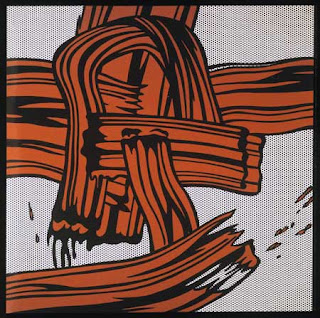 |
Rothko Chapel, Houston, Texas - opened in 1971
People that have visited the Chapel have described the feeling of looking into the painting is like looking into the void or into the cosmos because it makes you feel empty. A common experience is when people say that when you look at it, it makes you overcome with emotion where you start crying so maybe the images have a deeper meaning behind them? Or maybe you are expected to cry because it seems to be a popular reaction to looking image and because its more 'respectful'? |
 |
Papal Alter & Frescoes, interior of the Basilica of San Francesco d'Assisi, C.1230 Umbria, Italy
One reason why people go to this gallery is because its like going to Pilgrimage/ a higher religious place because it makes you feel poorer, whether from money or religion. |
 |
Leonardo Da Vinci: Mona Lisa, Installation View, Louvre, Paris
Some people believe this artwork has a false sense or originality and therefore should be not be a popular or as hyped about than it is. |
 |
Banksy (2013) Mona Lisa Mujahideen, London
This graffiti art is an explicit reference to the challenging traditional art to make it more relatable in todays society. |
 |
| Jackson PollockHis paintings are creating in his unconscious mind which is makes his work popular. The CIA continued to fund his artwork as they believed that it represents the free mind of the Western world. |
 |
Roy Litchenstien (1965) Red Painting
He made a mockery of Jackson Pollock's work as he thought it was ridiculous that splashing paint has a religious or spiritual meaning. He uses popular culture to attack high culture. |
 |
Guerrilla Girls (1985)
The history of art has always been dominated by (western) males in the industry. They wanted to challenge sexism and discrimination and the banish the idea that the only women that were allowed to be in galleries in the 80s had to be nude employees. |
This lecture was very thorough about the challenges artists faced in the art industry. It has also shown me ways in what art meant to people and how other artists challenge each other by mocking their artwork.







No comments:
Post a Comment